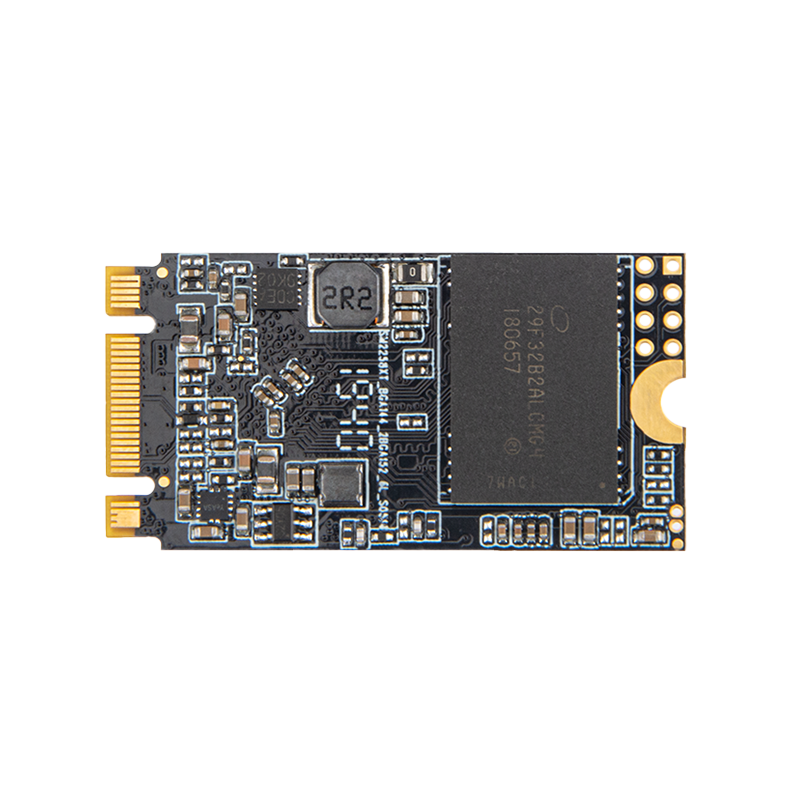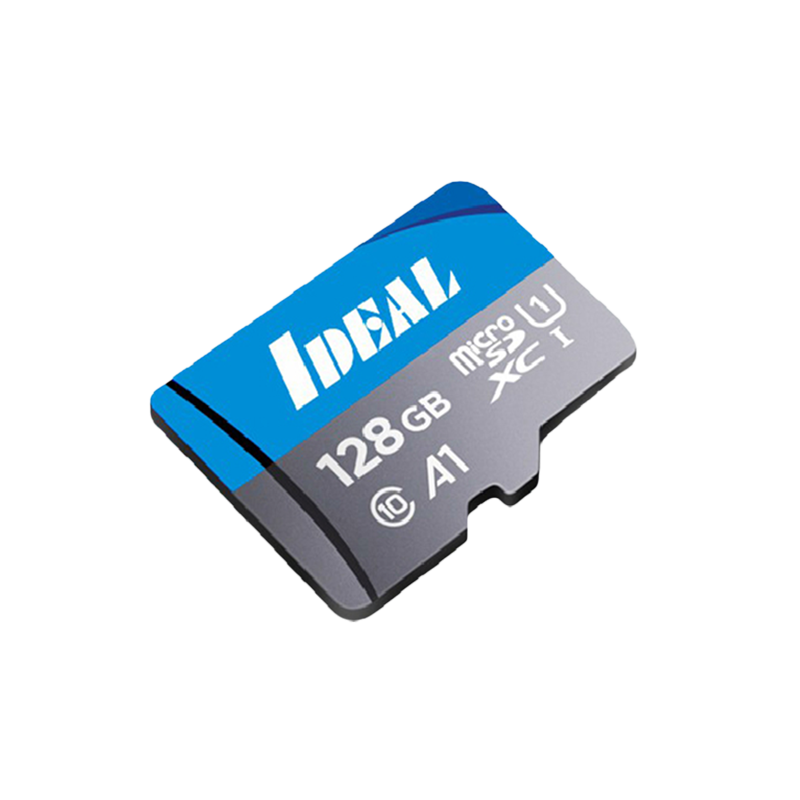The M.2 PCIe SSD Factory is an ultra-fast, compact flash storage solution that fits into a special socket on your computer motherboard. Its smaller size and blazing speed make it ideal for laptops and other mobile devices that prioritize portability and battery life. Whether you're an ultra-thin tablet or a desktop PC, you can count on the M.2's brisk performance to help you get the most out of your work.
What is M.2?
The M.2 (or NGFF) form factor is a new type of internally mounted PC add-in card that replaces the older mSATA specification. Like mSATA, M.2 modules fit into a special socket on your motherboard, but they connect to the system through either a SATA or a PCI Express (PCIe) interface.
Most M.2 SSDs use a SATA connection to achieve their incredible speeds, but you can also find models that tap into four of your computer's PCIe lanes and blow away SATA speeds by up to 12 times. The fastest M.2 SSDs use the NVMe (Non-Volatile Memory Express) protocol, which lets them access underlying flash memory at a much faster rate than SATA drives can.
To take advantage of NVMe, your motherboard must support it, and you must install the drive in a slot with dedicated NVMe lanes. Most modern motherboards do, but it's best to consult your specific model's documentation for details. You can also purchase adapters that let you slot a SATA M.2 into a PCIe lane, but you'll sacrifice some performance in return.
In addition to their amazing read/write speeds, M.2 SSDs are also designed to be durable and reliable. They can survive sudden power loss with the help of built-in capacitors that save at least your FTL mapping table on unexpected shutdowns. Some models have additional battery- or supercapacitor backups to keep your data safe even in the event of a full battery drain.
While a M.2 SSD may look like a small stick of gum, it packs a big punch. Each card holds eight NAND chips that offer up to 2 TB of capacity. If you're upgrading your laptop or desktop to an M.2 SSD, you can choose from a wide variety of capacities and features. For instance, you can opt for a high-end model with proprietary NANDXtend ECC and programmable firmware handling to maximize reliability and endurance. Or, you can go for a cheaper option that still provides impressive performance and is backed by a 3-year warranty.

 EN
EN CN
CN ES
ES RU
RU








